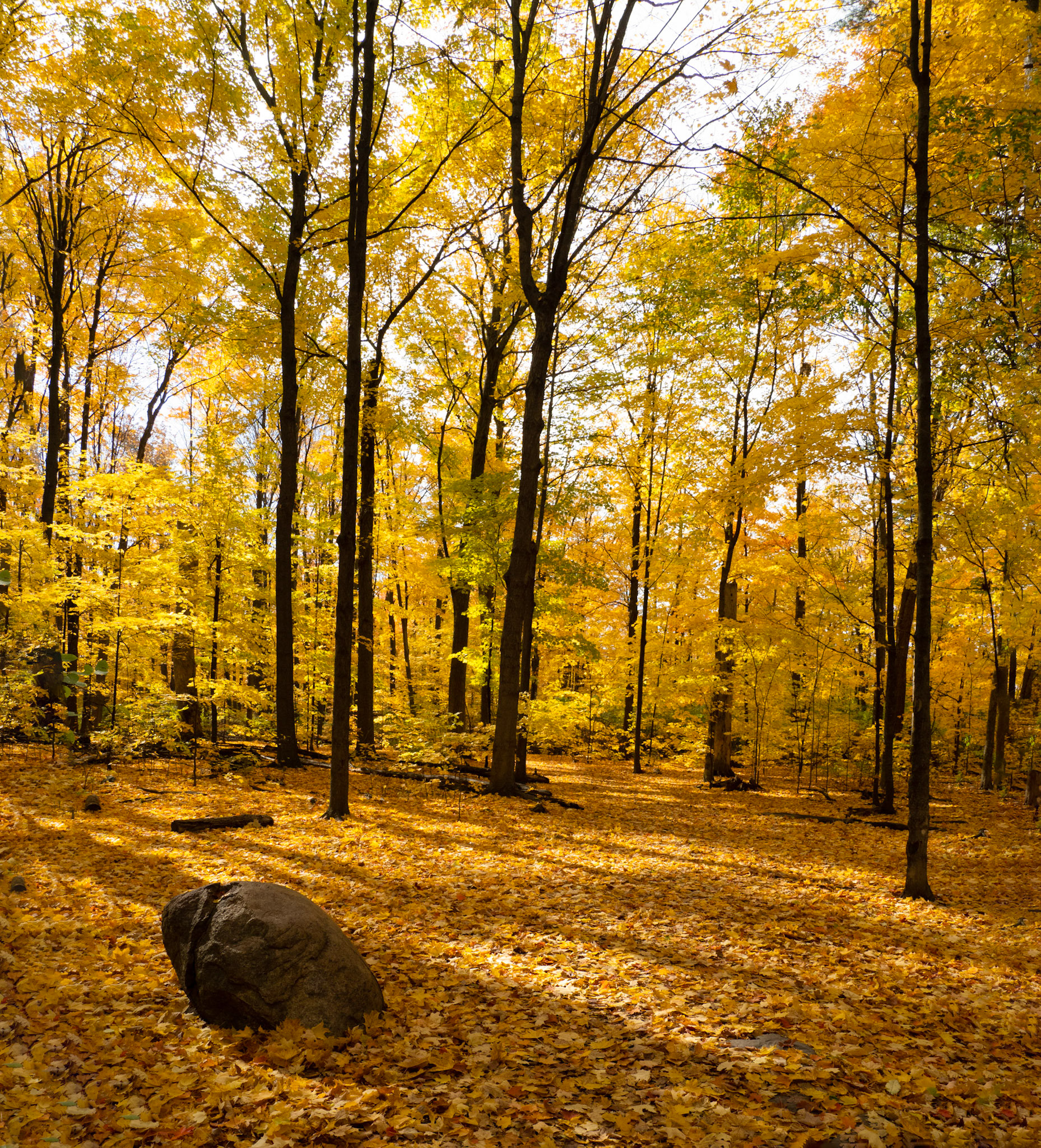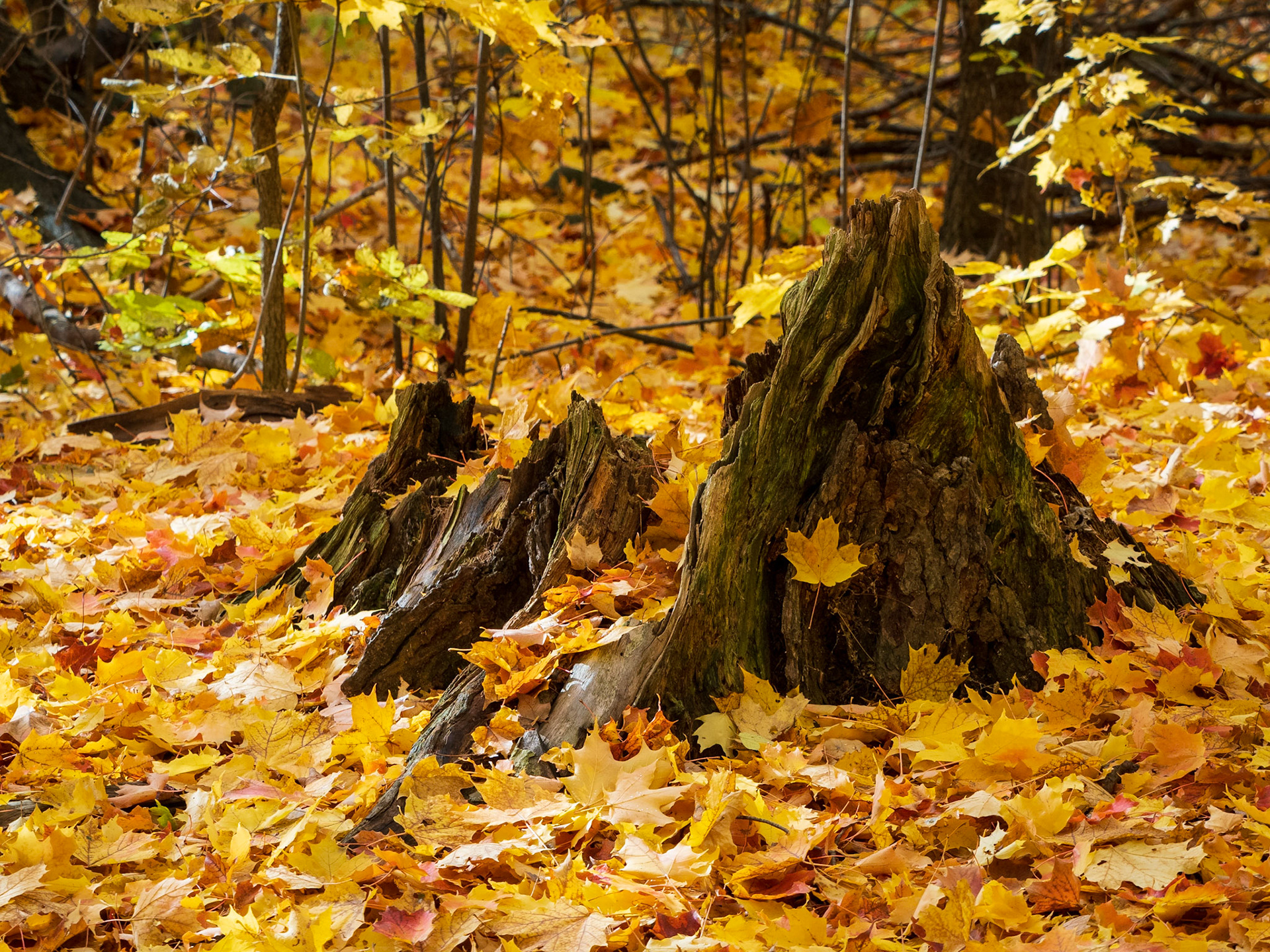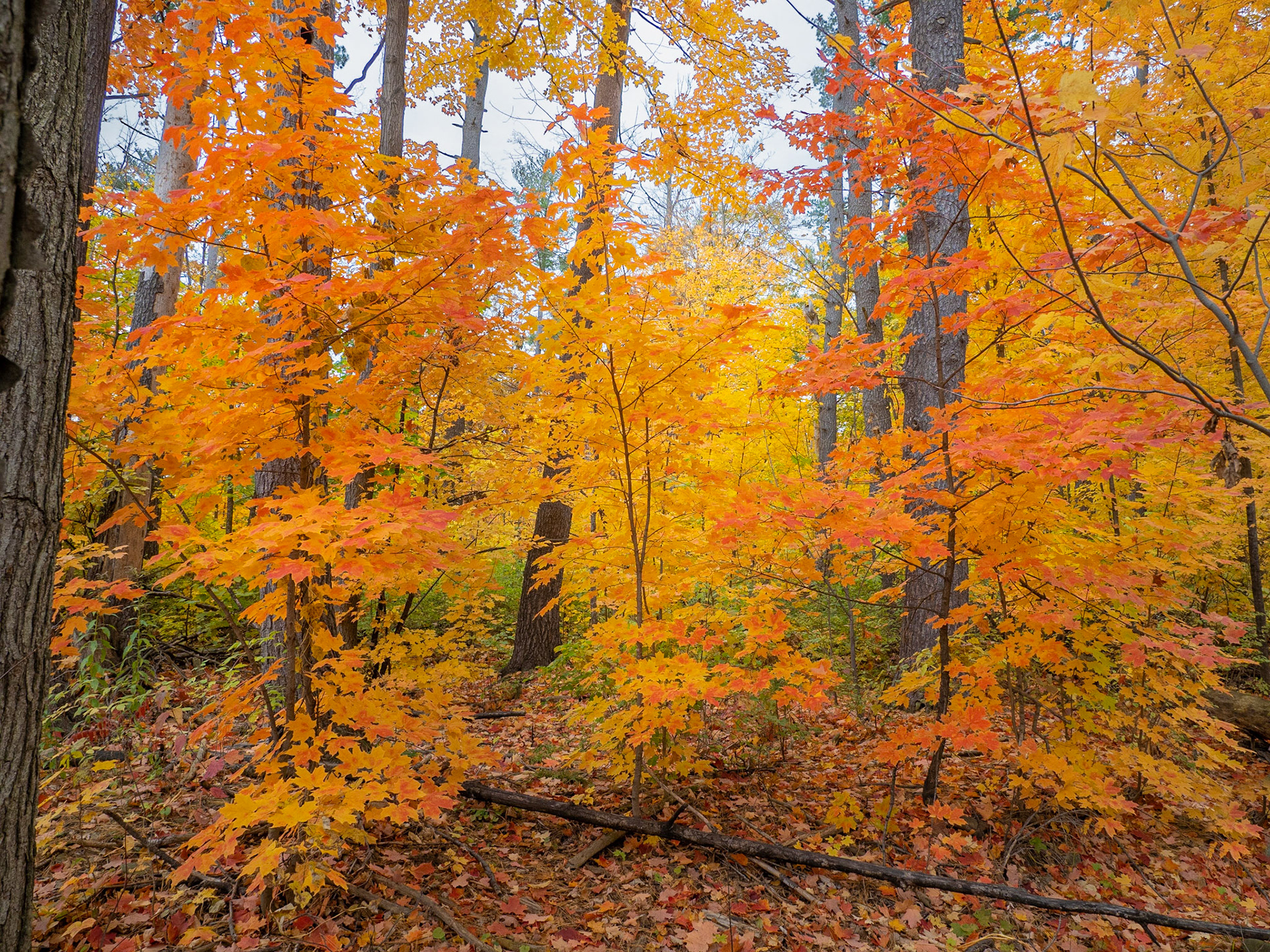October sees the light under the canopy brighten as the leaves change colour and fall off. The warbler migration is winding down, but the American widgeons ducks have arrived on their stopover on their way south. Most of the wood ducks are looking splendid in their renewed coat of feathers.
But one juvenile male was looking a bit scruffy.
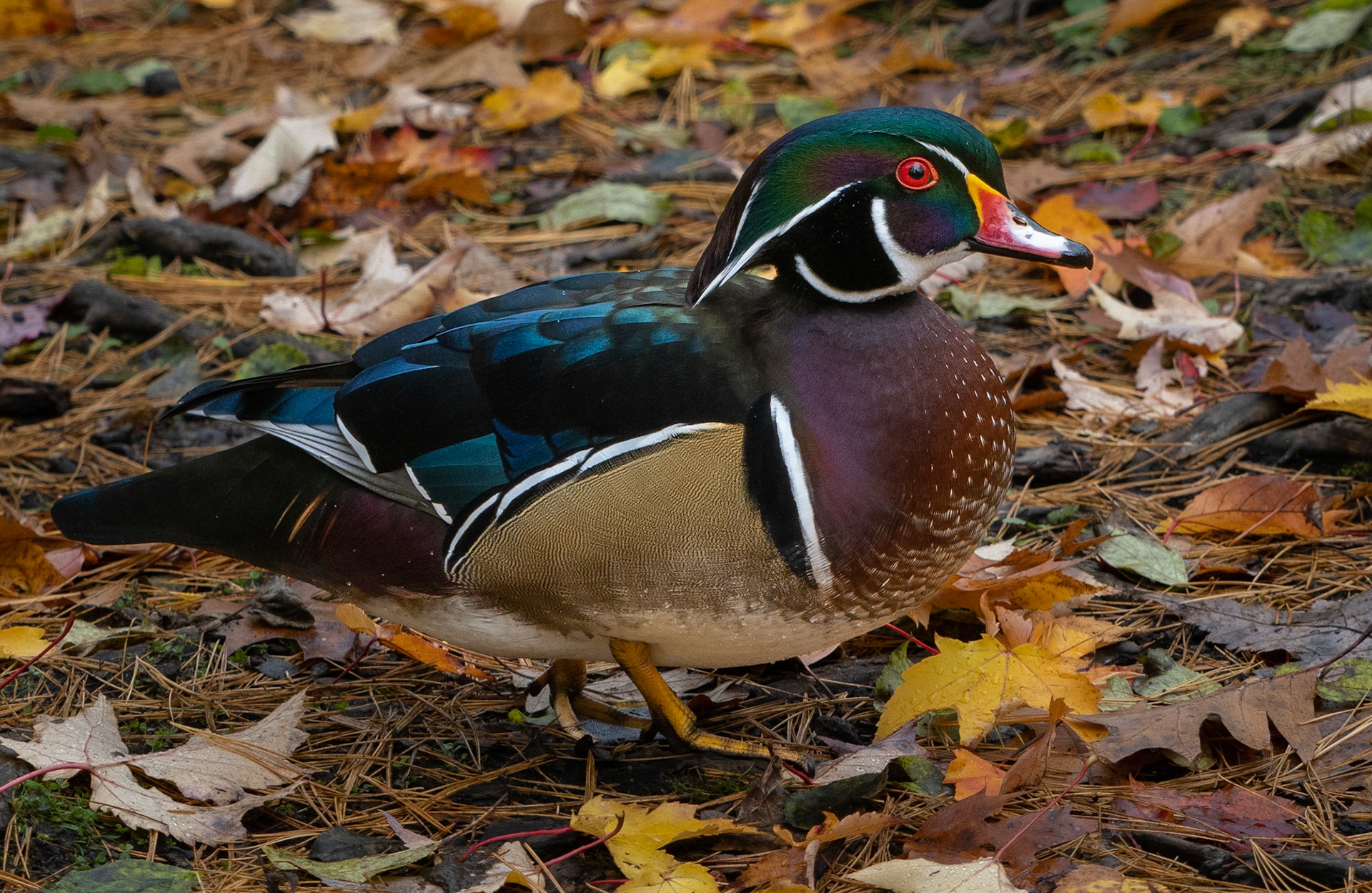
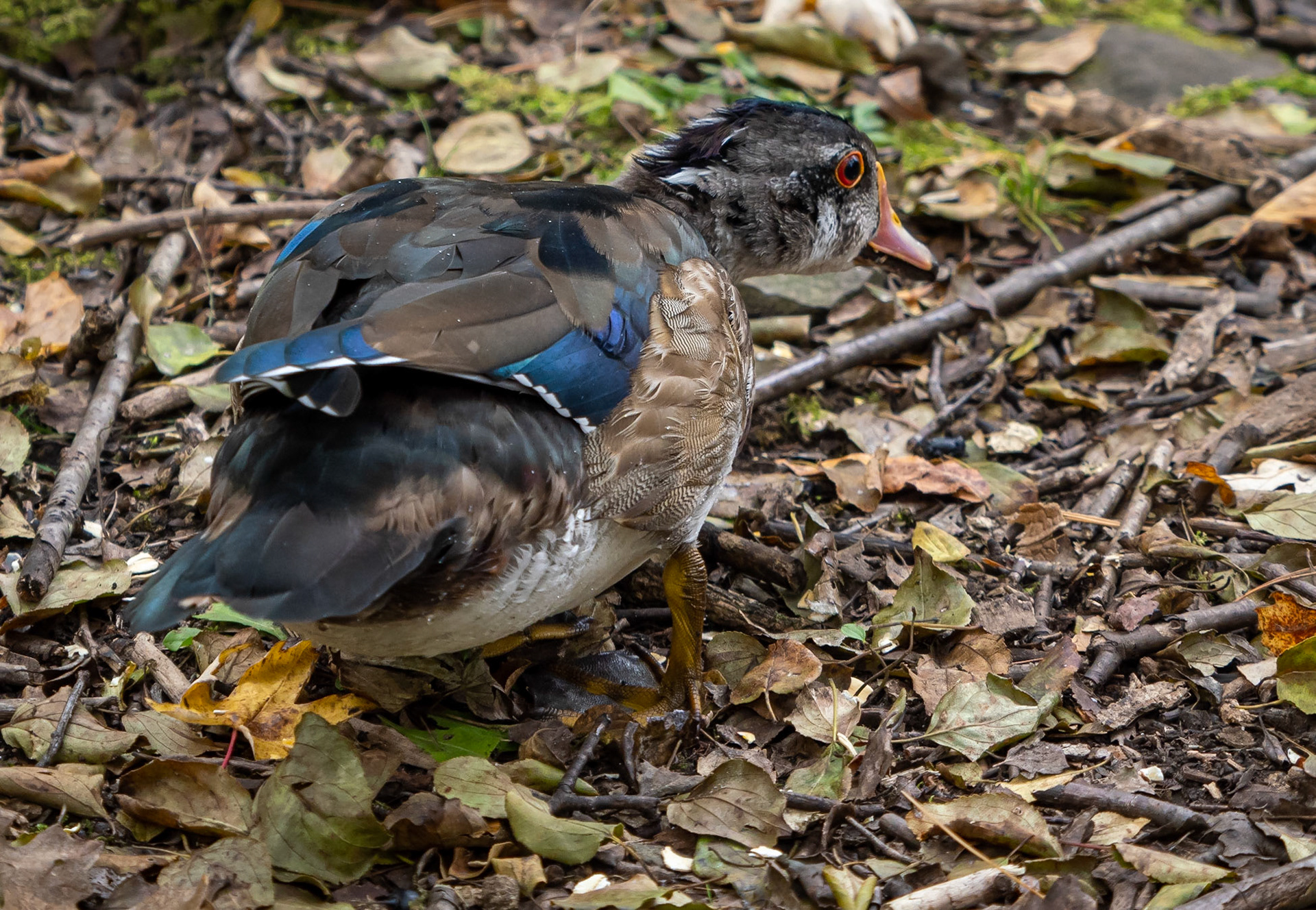
The females with their bright white eye patch see all....
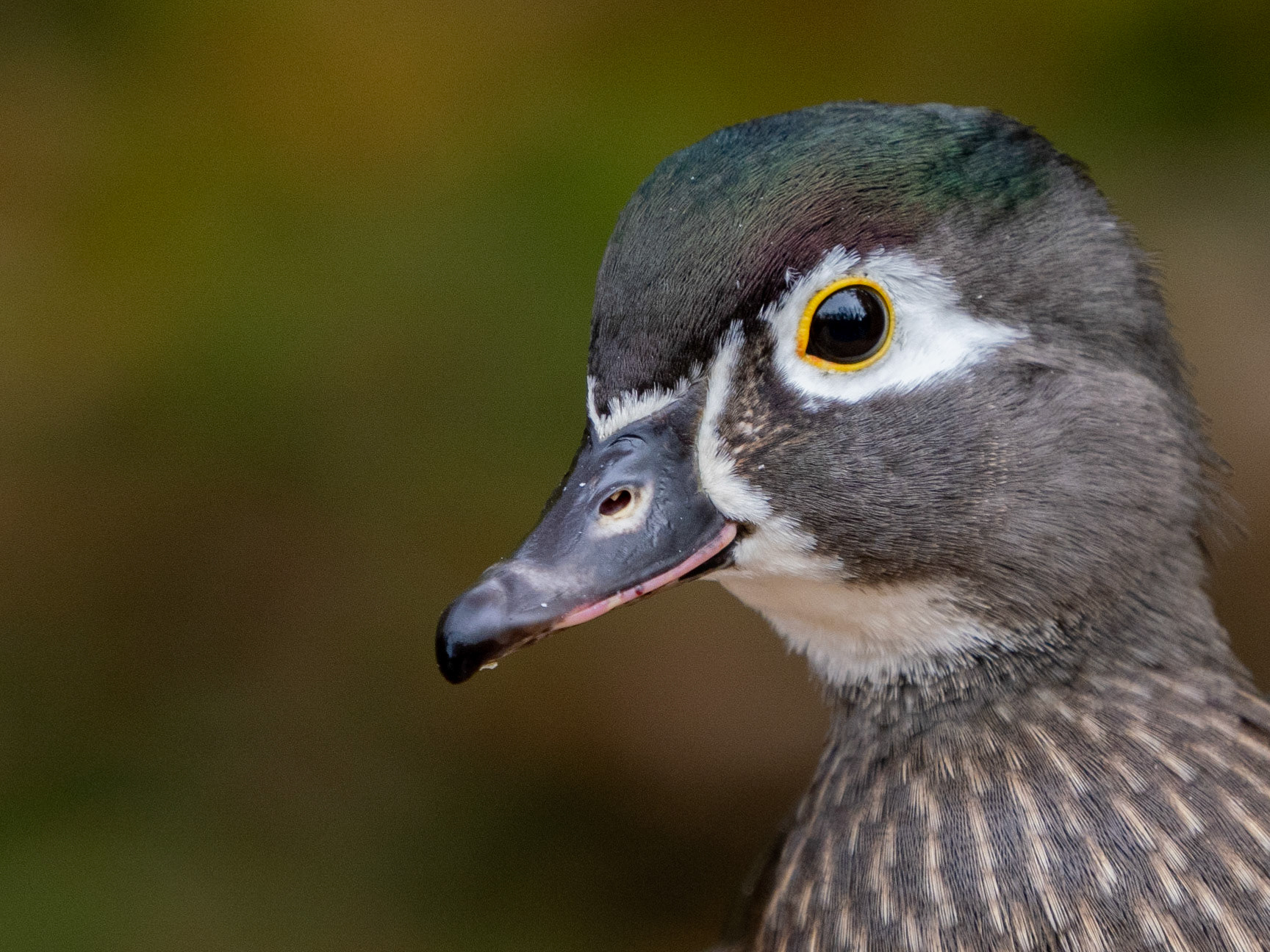
The male widgeon ducks have a cream coloured stripe down their forehead, the females don't.
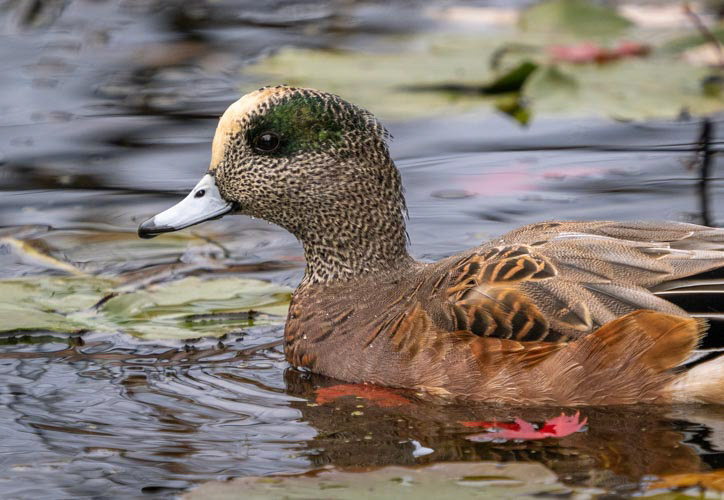

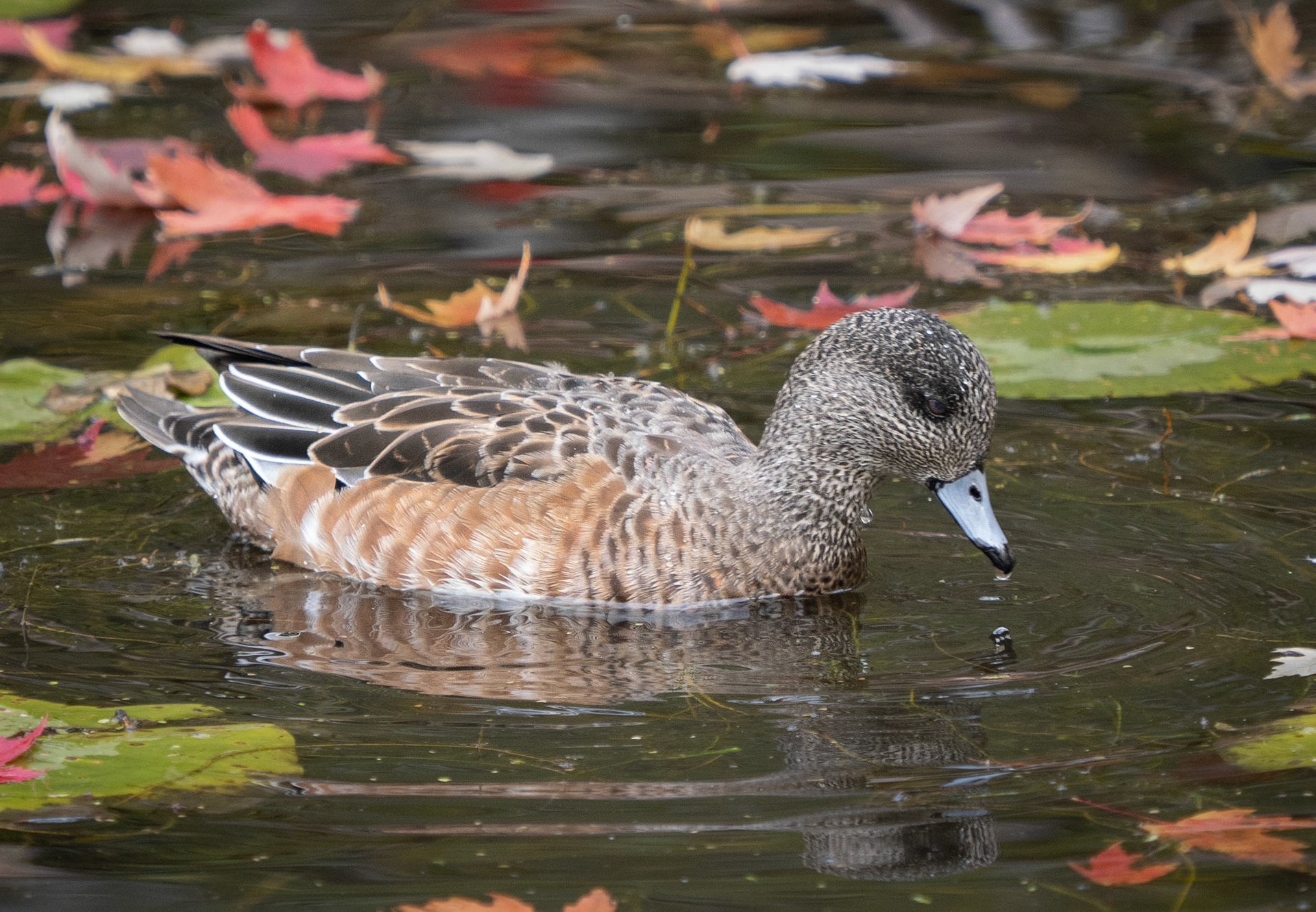
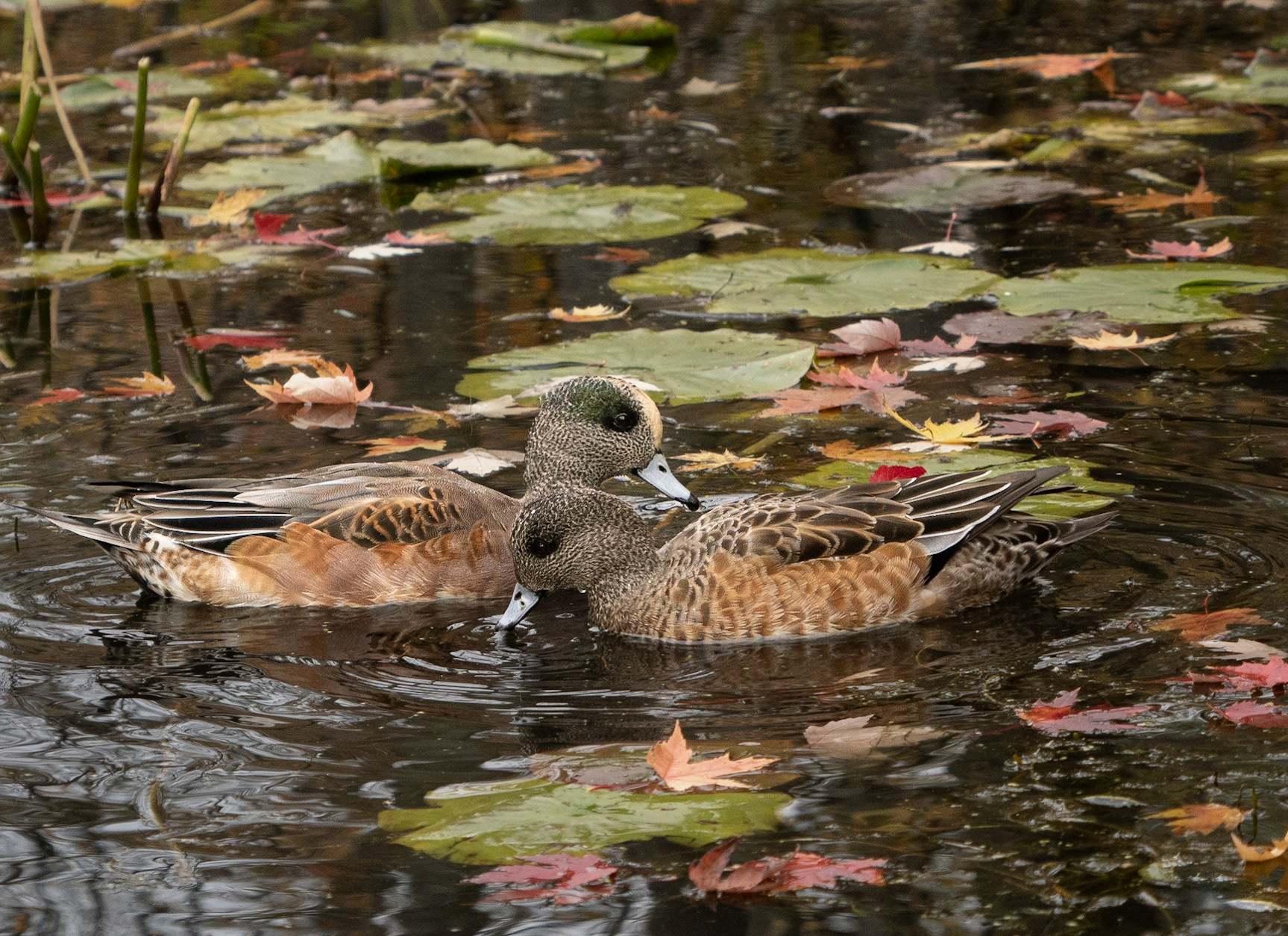
Some of the male widgeons seemed to have more white on their sides than the others.

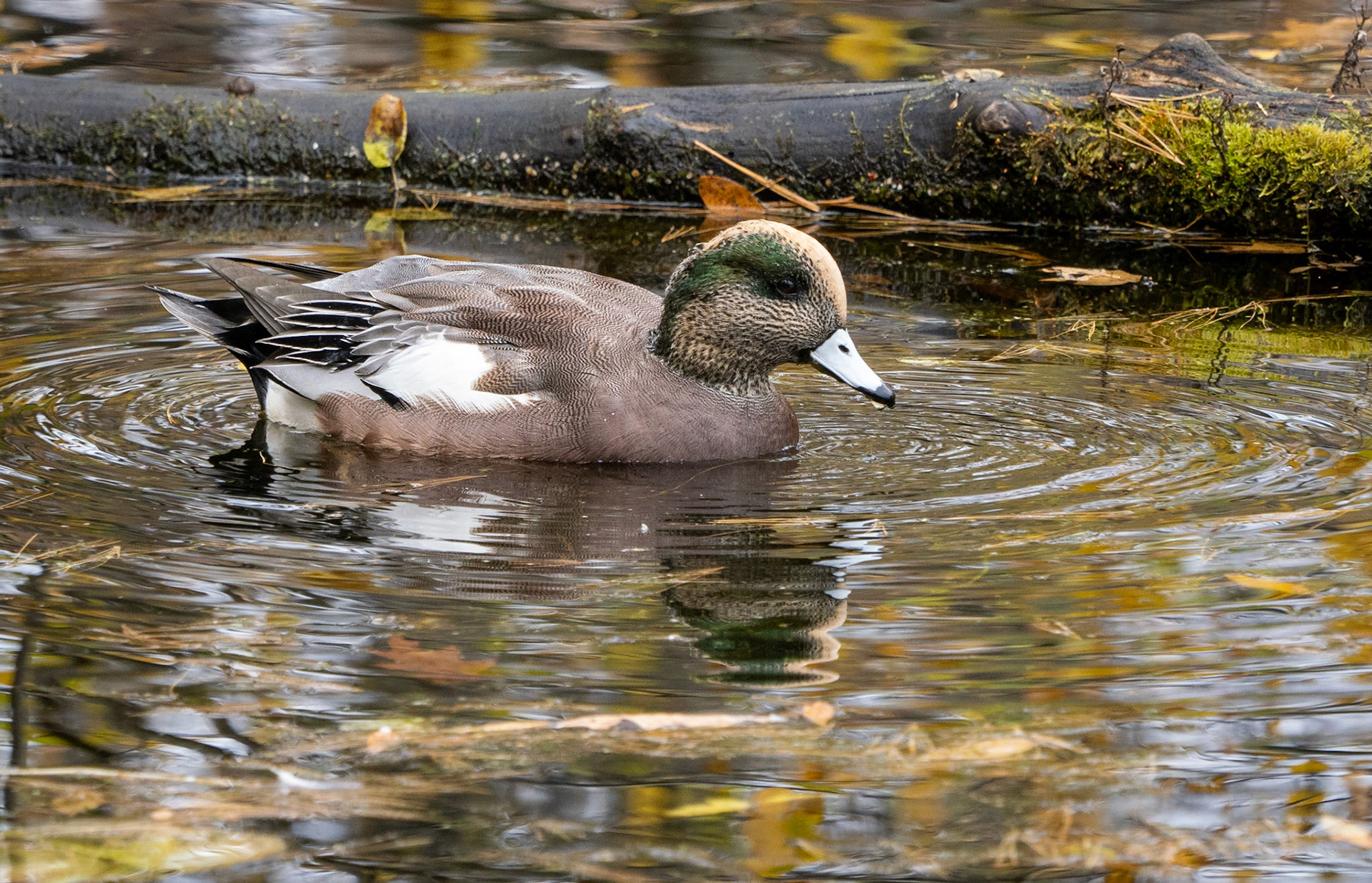
Mallard bills can range from orange to orange with some black areas. While the black duck's bill is a yellowish-green colour.

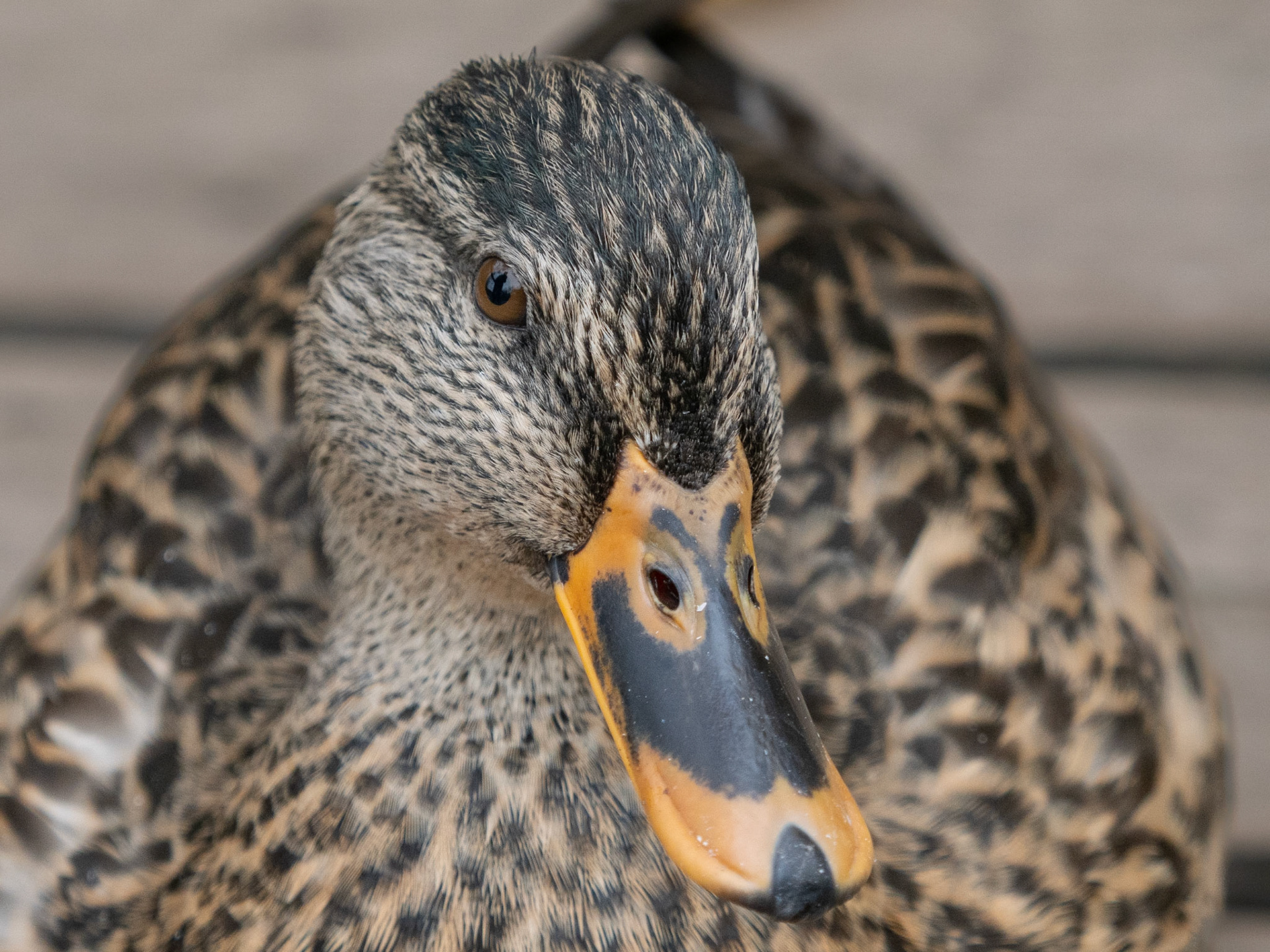

Many people think the female mallard is a mixture of brown and black feathers, but look at their wings....
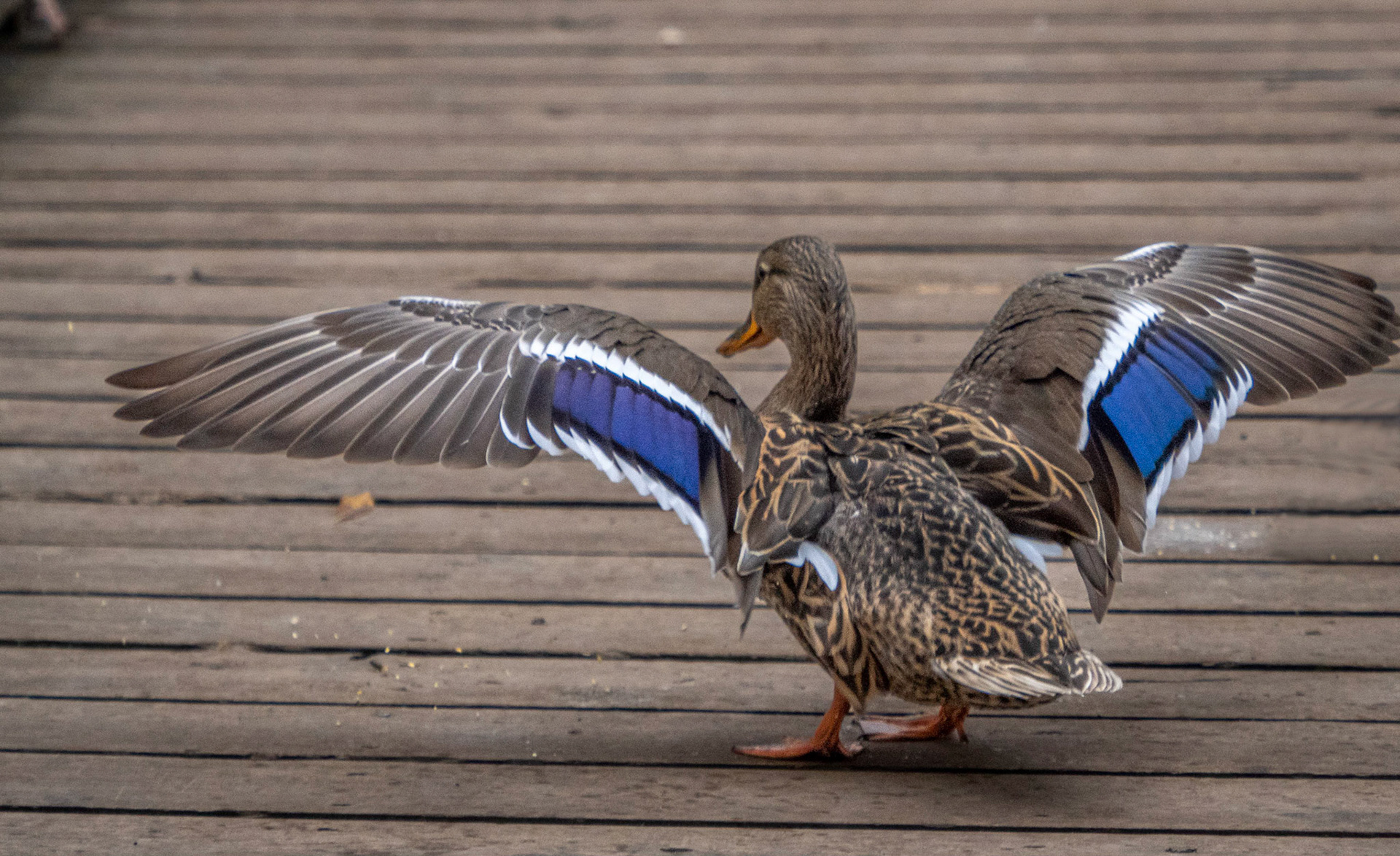
If you are lucky, sometimes the reflections under a duck flying in can be neat.
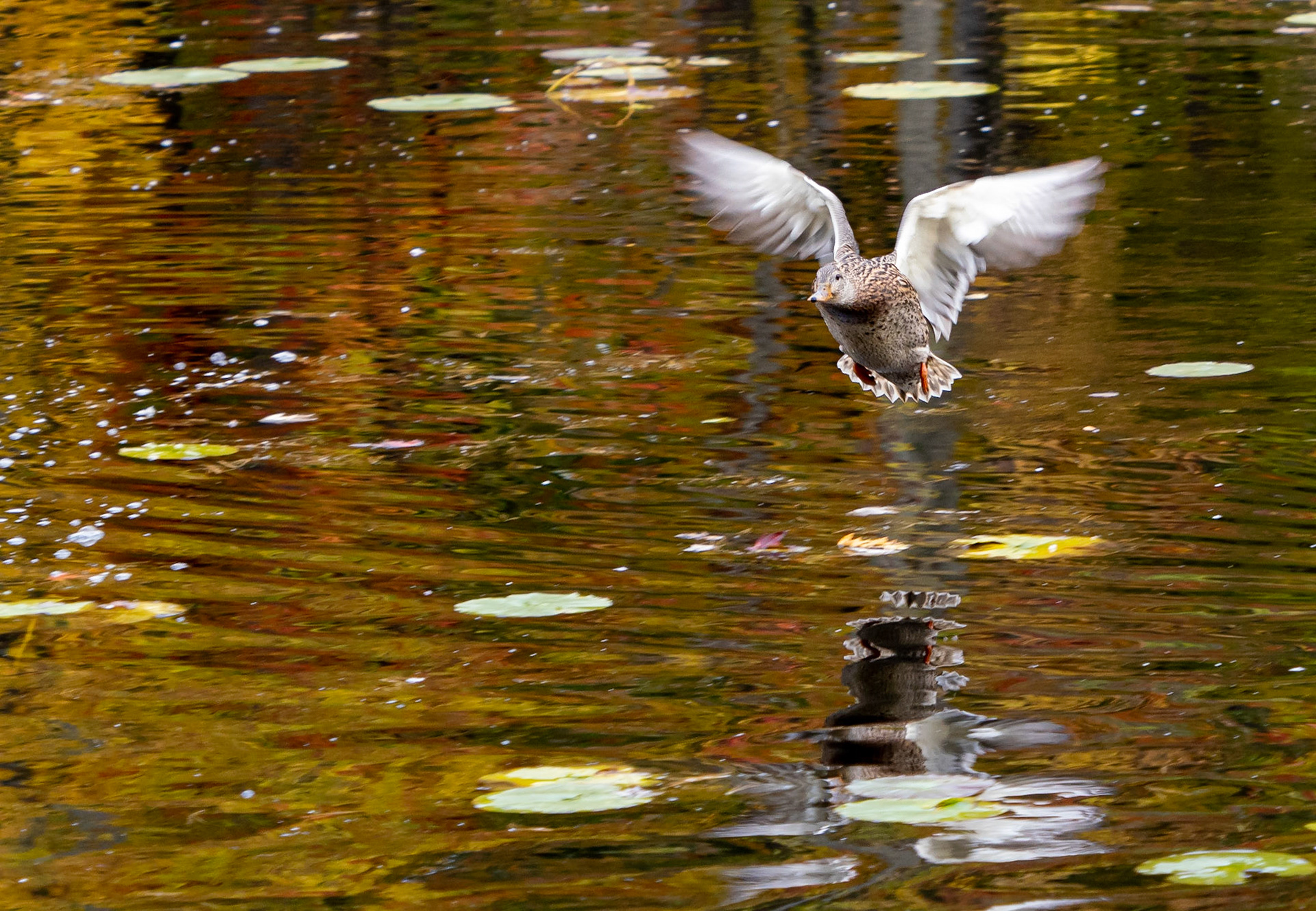
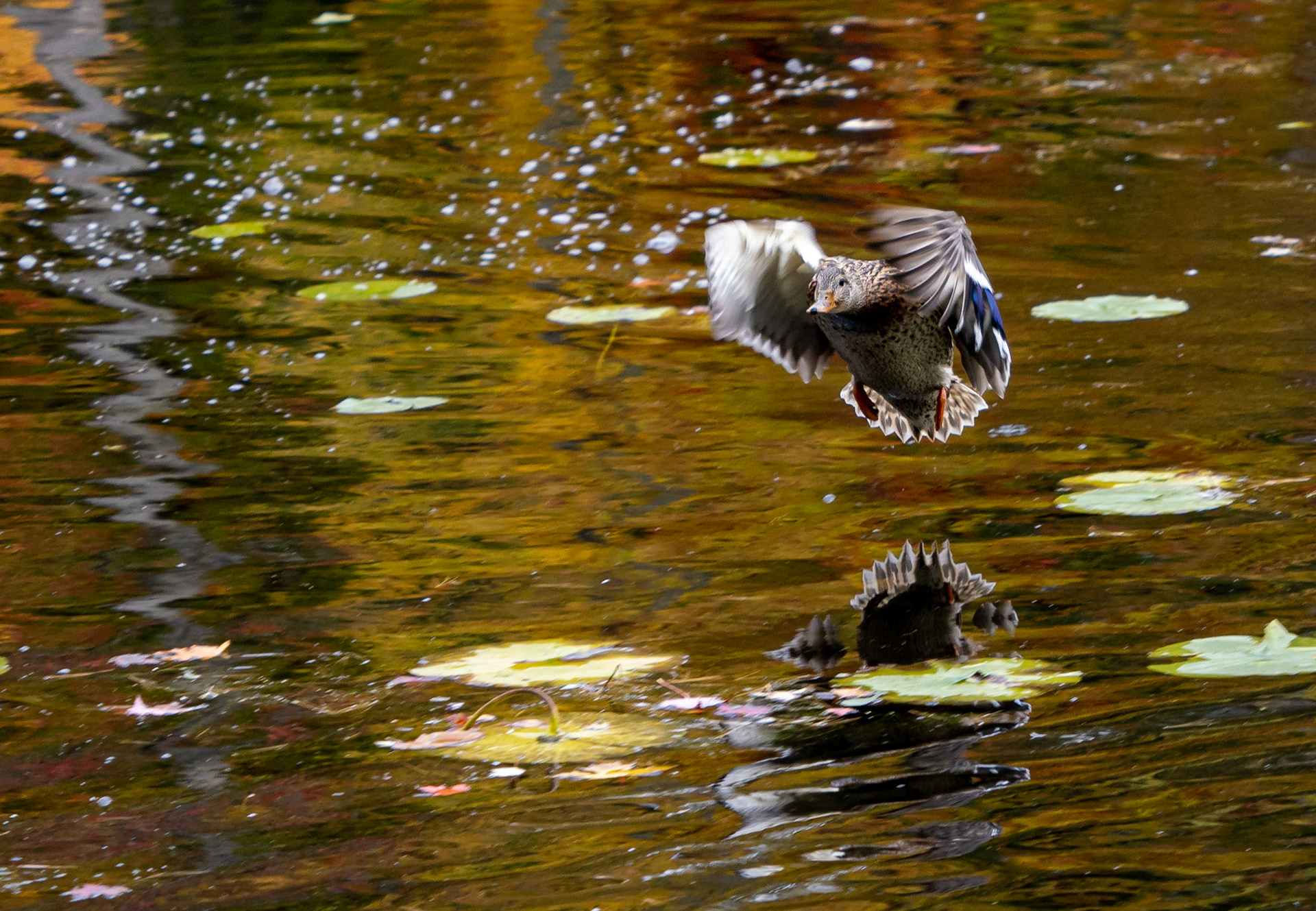

Chickadees were, as always, ready for a handout.
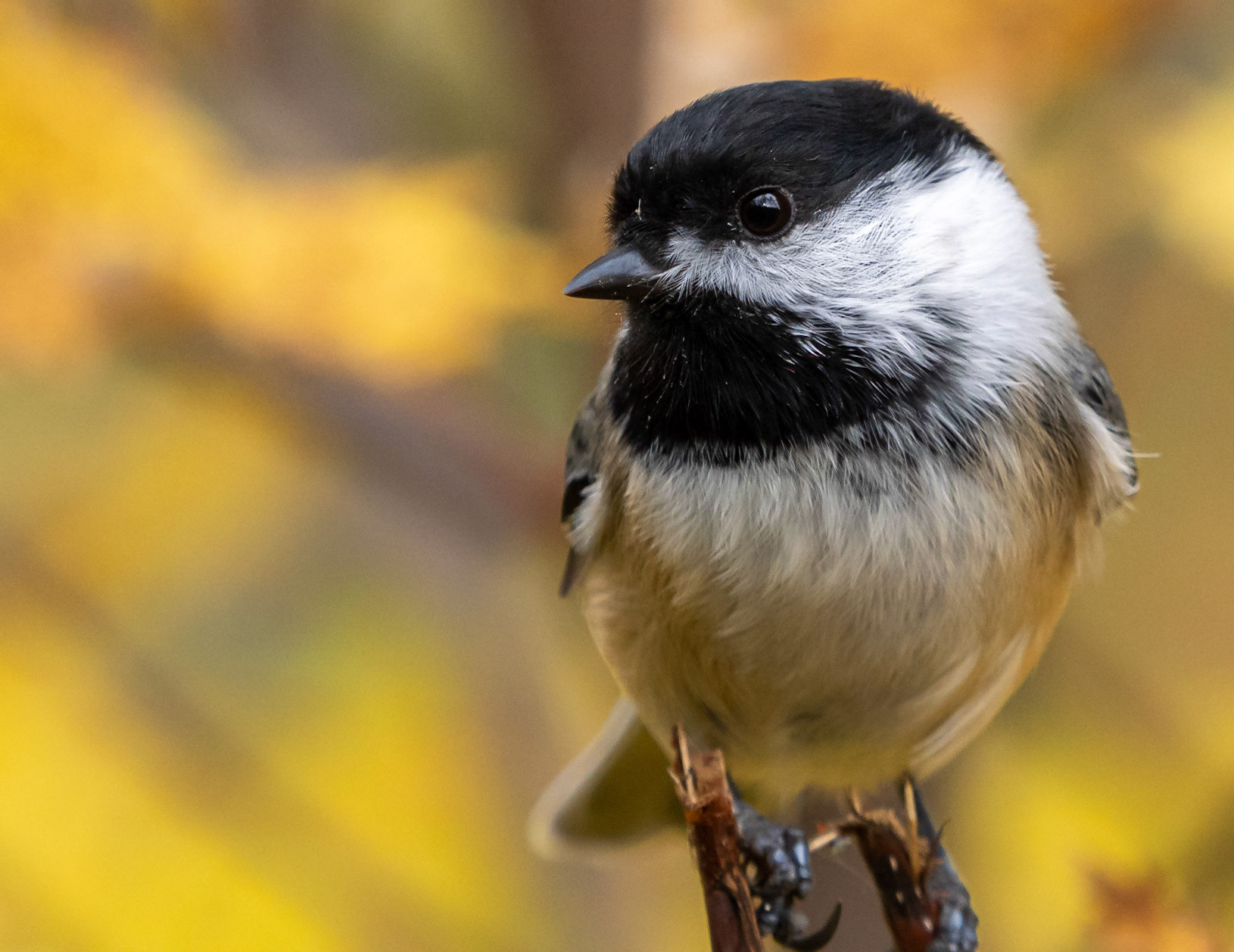

On one visit it was almost a feeding frenzy. Three or so chickadees, two nuthatches and a female downy woodpecker flew in en masse at the sound of the plastic bag being opened.
(Unfortunately I wasn't ready for the onslaught and only caught some images after the initial flurry)
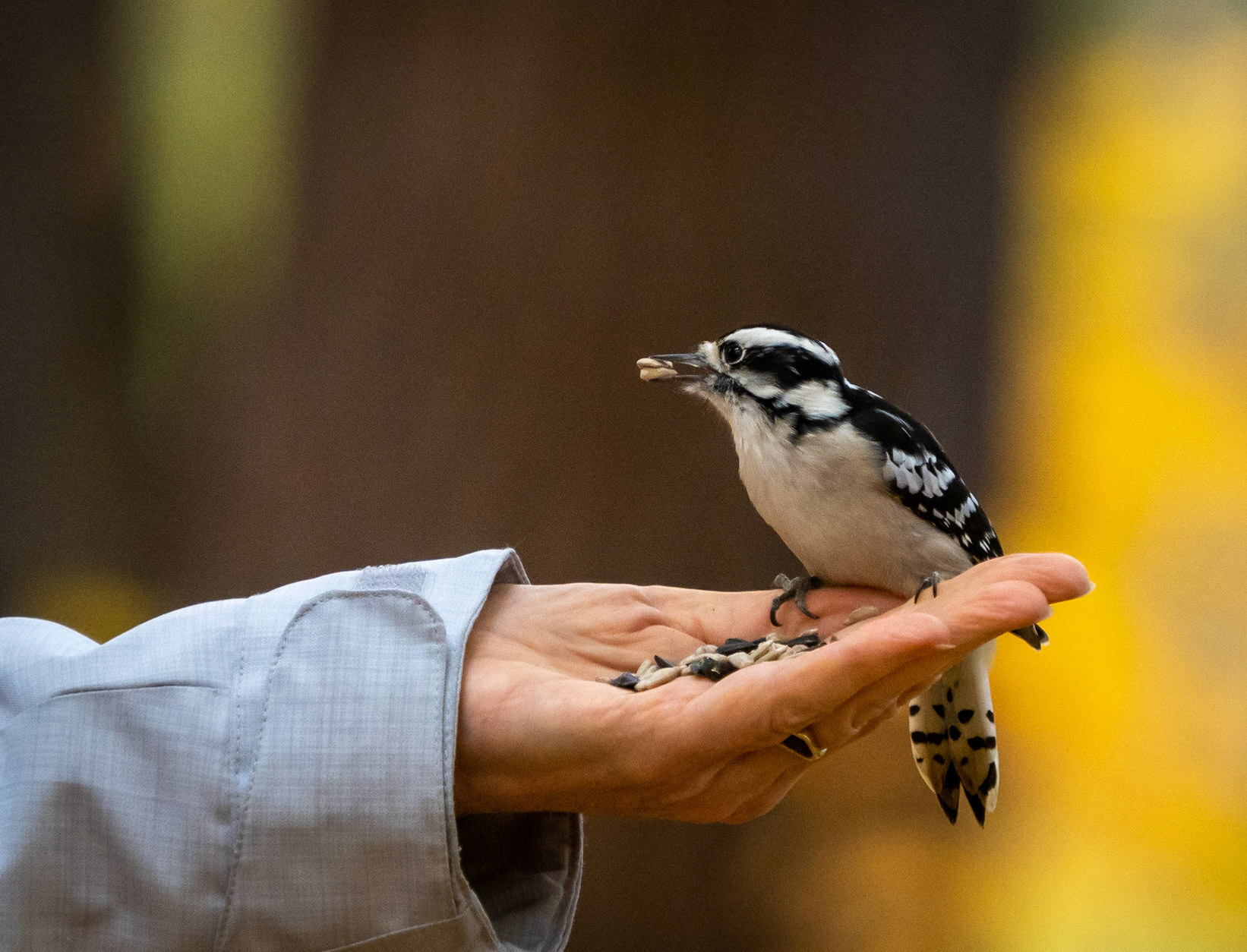
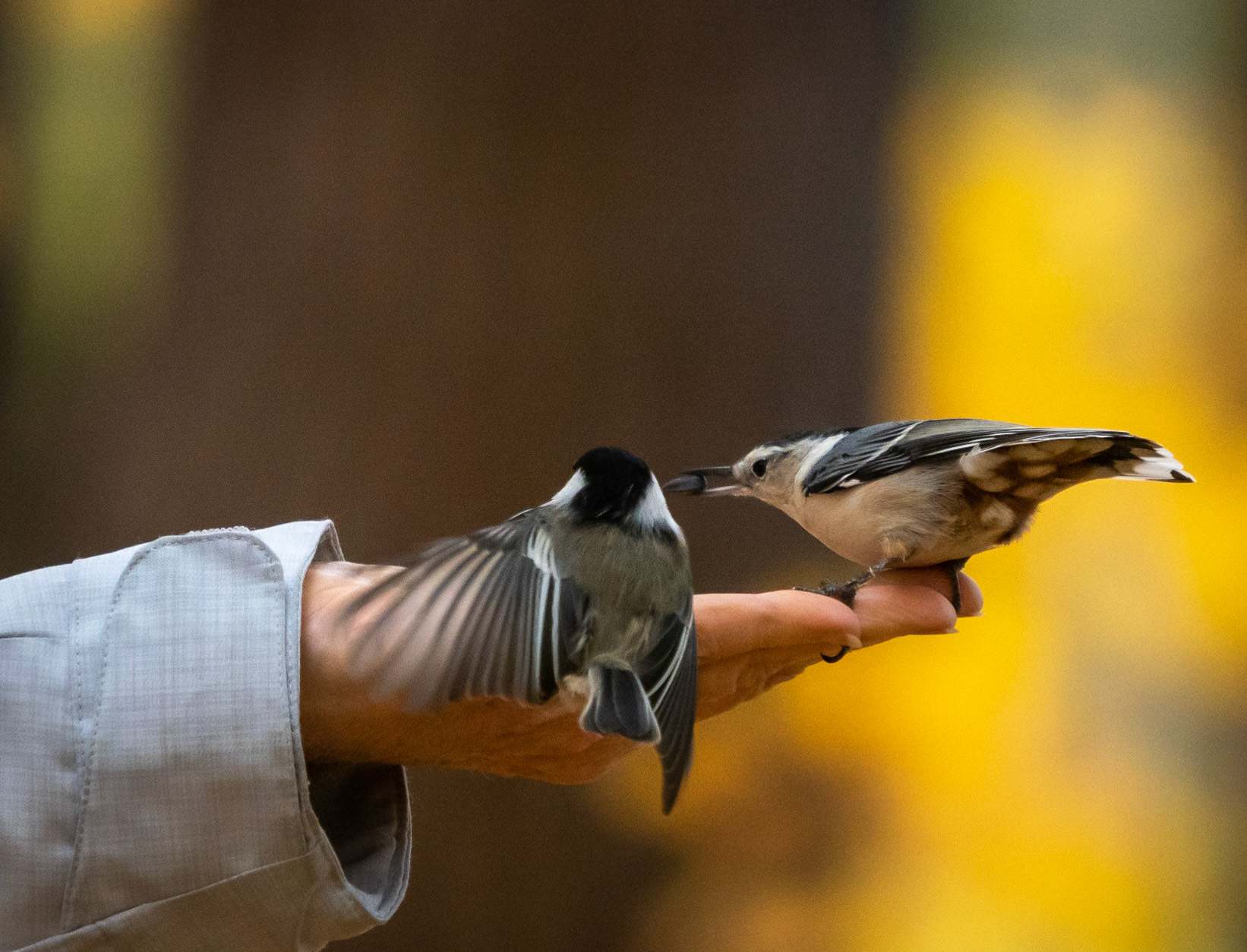

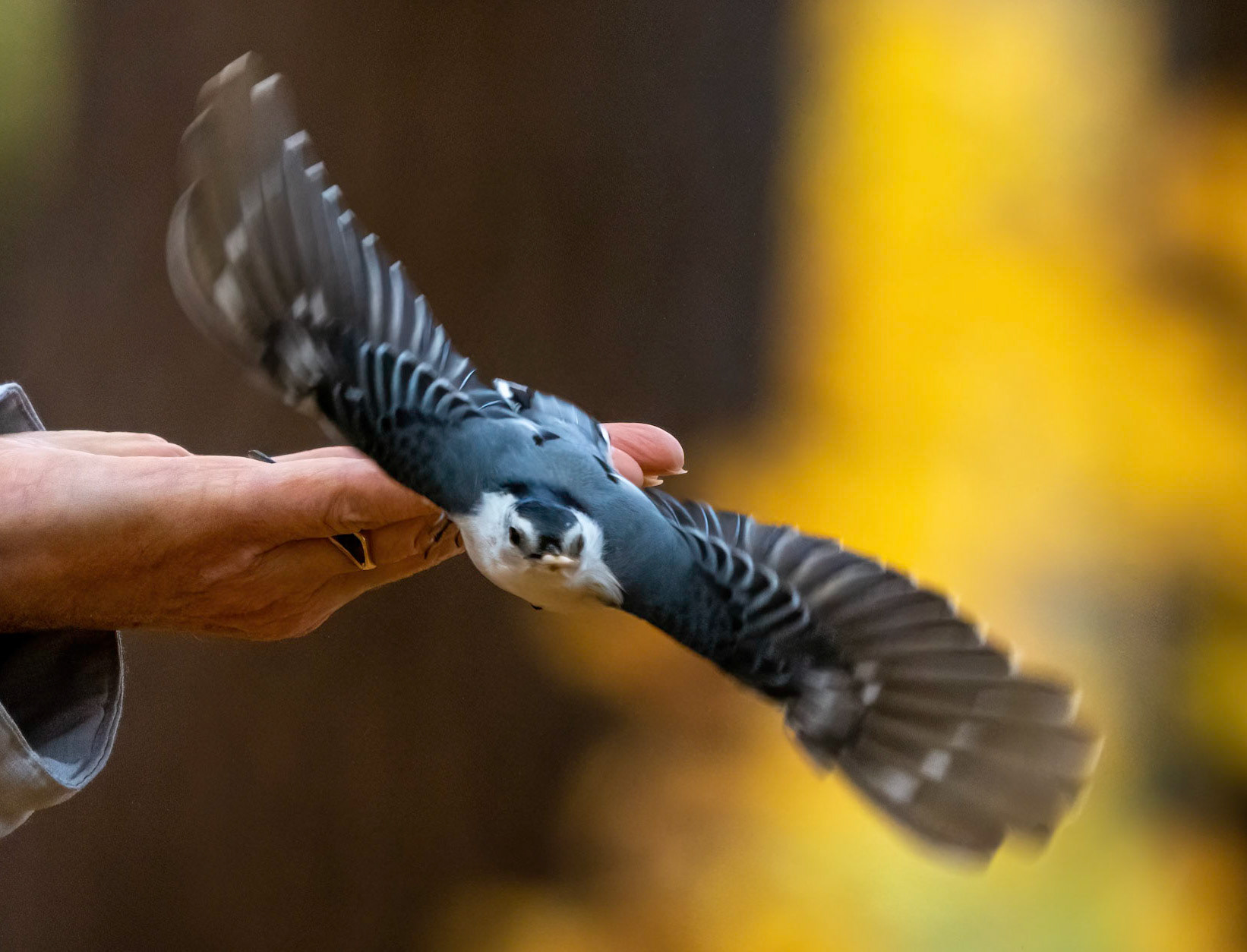
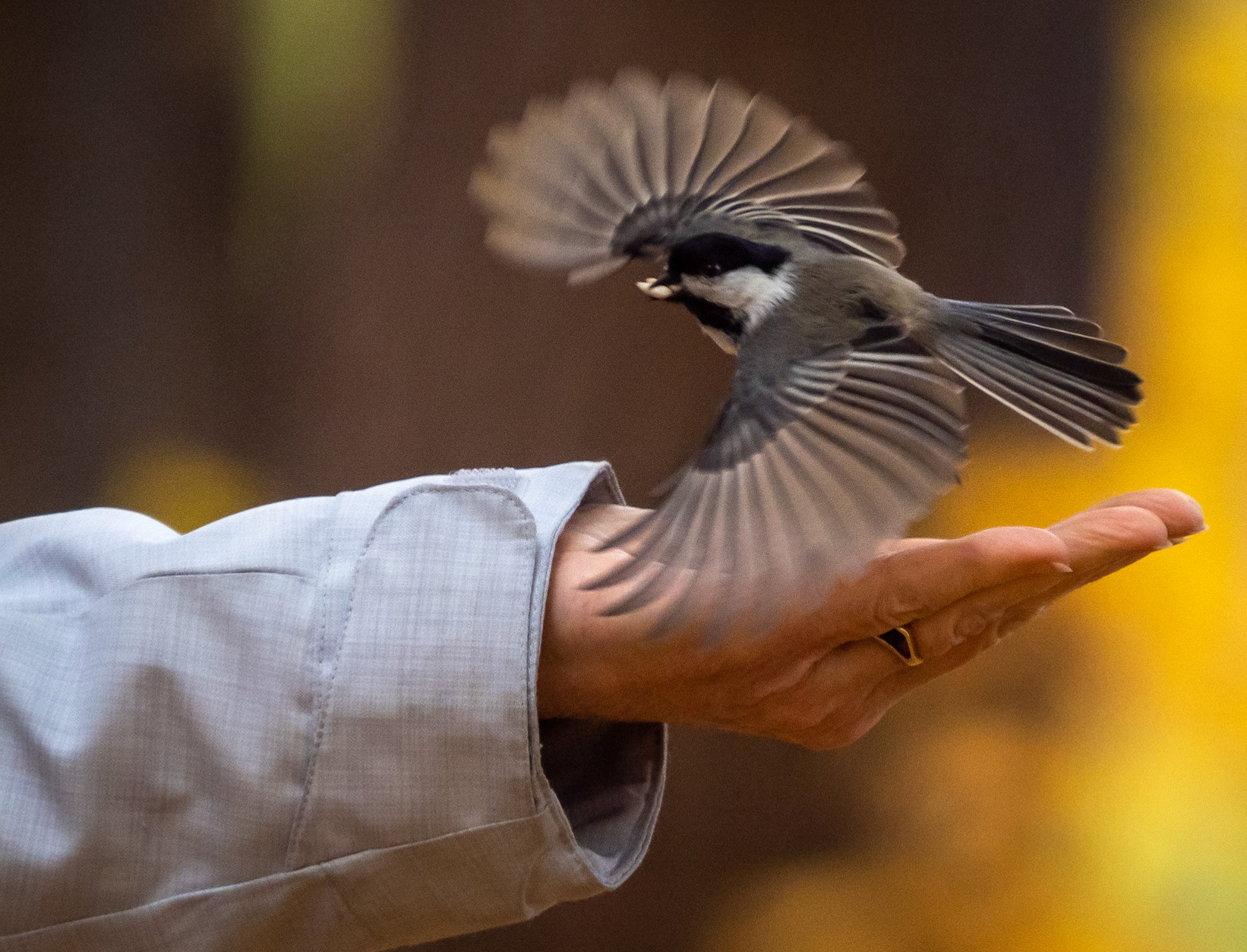
Cardinals are always around, although sometimes you hear them without seeing them. Two were in evidence one day. One with a damaged wing feather that didn't seem to bother him, and the other, with a dirty mouth, eating berries.
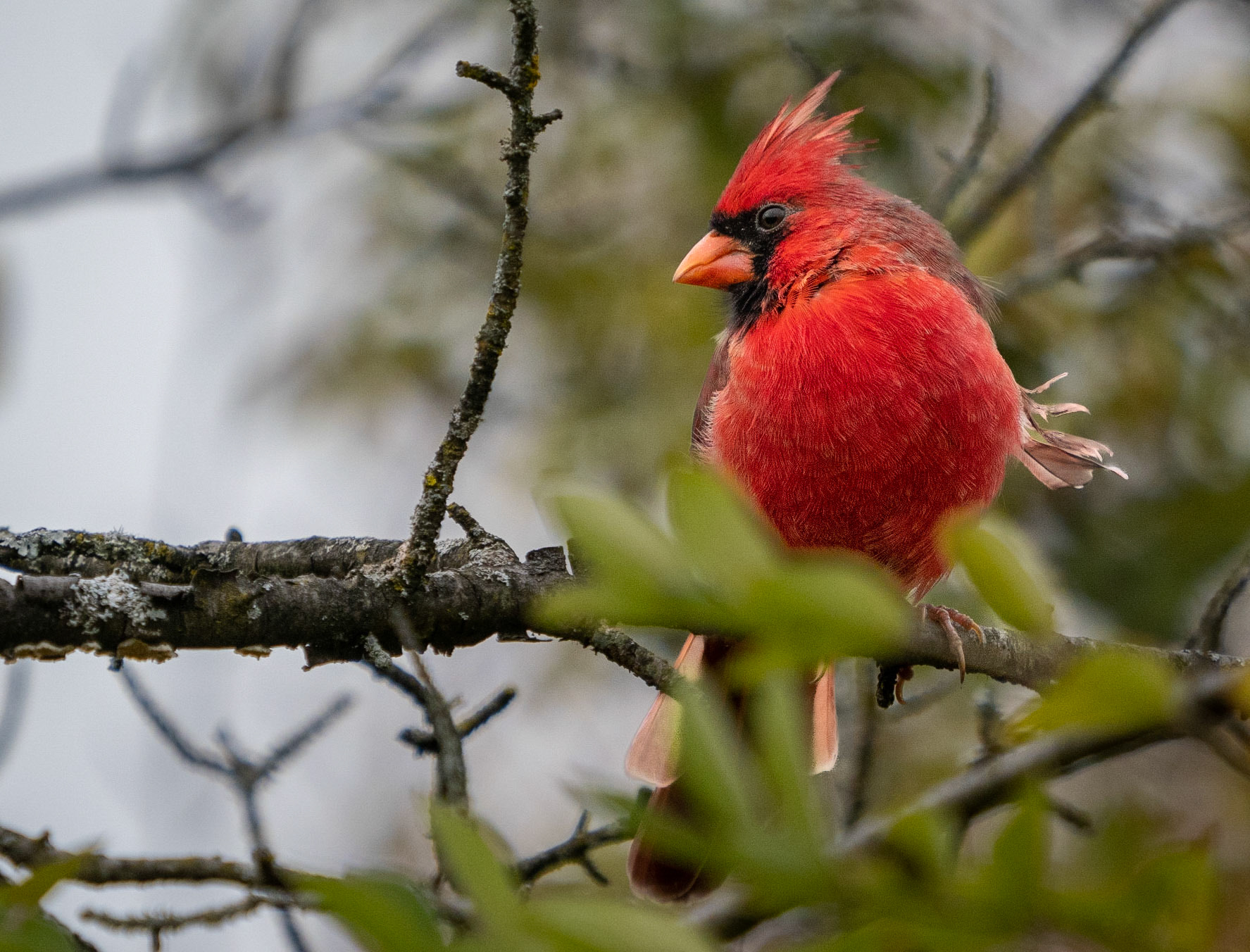
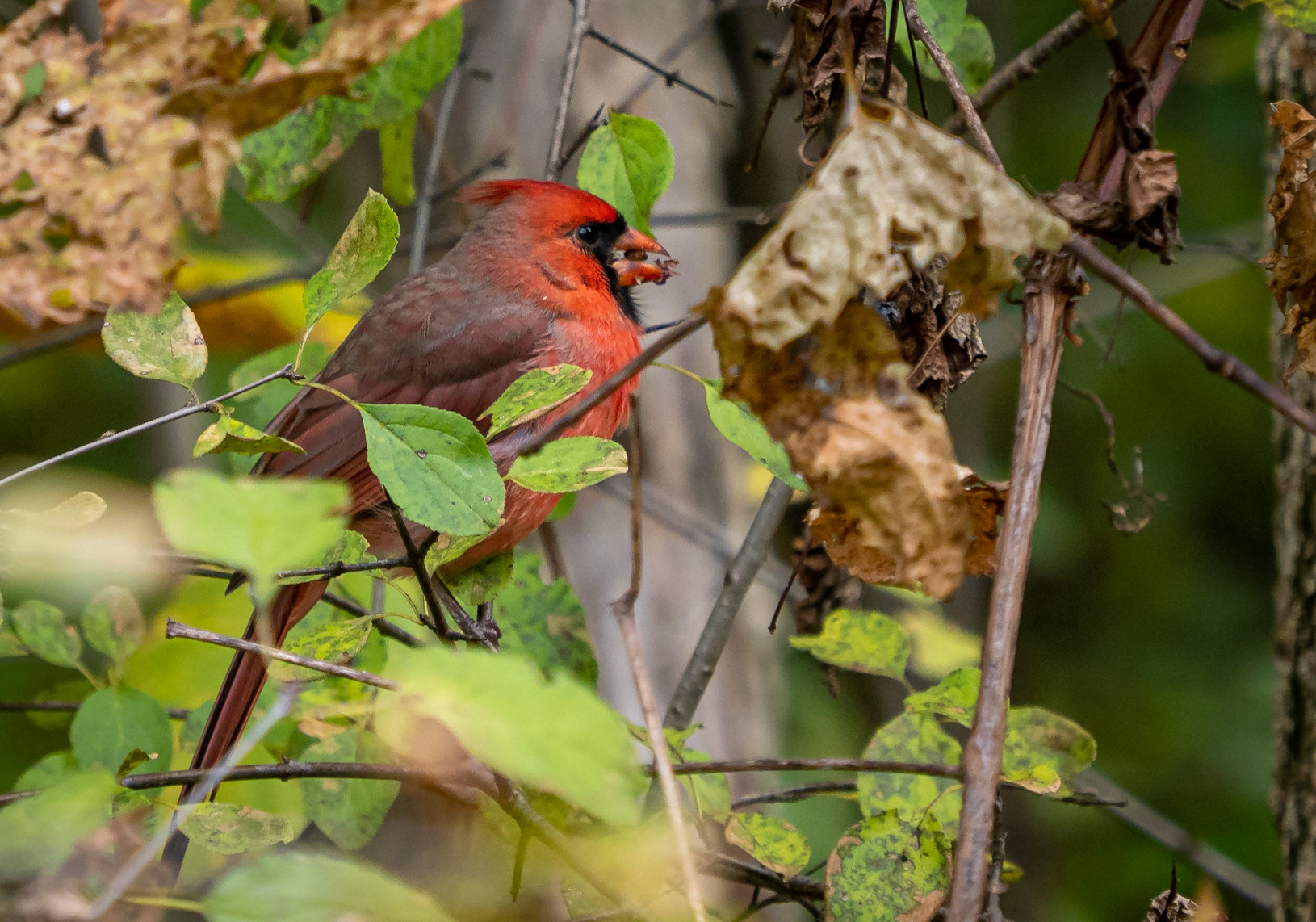
The young male wild turkeys were practicing strutting their stuff in hopes of some action in spring next year.
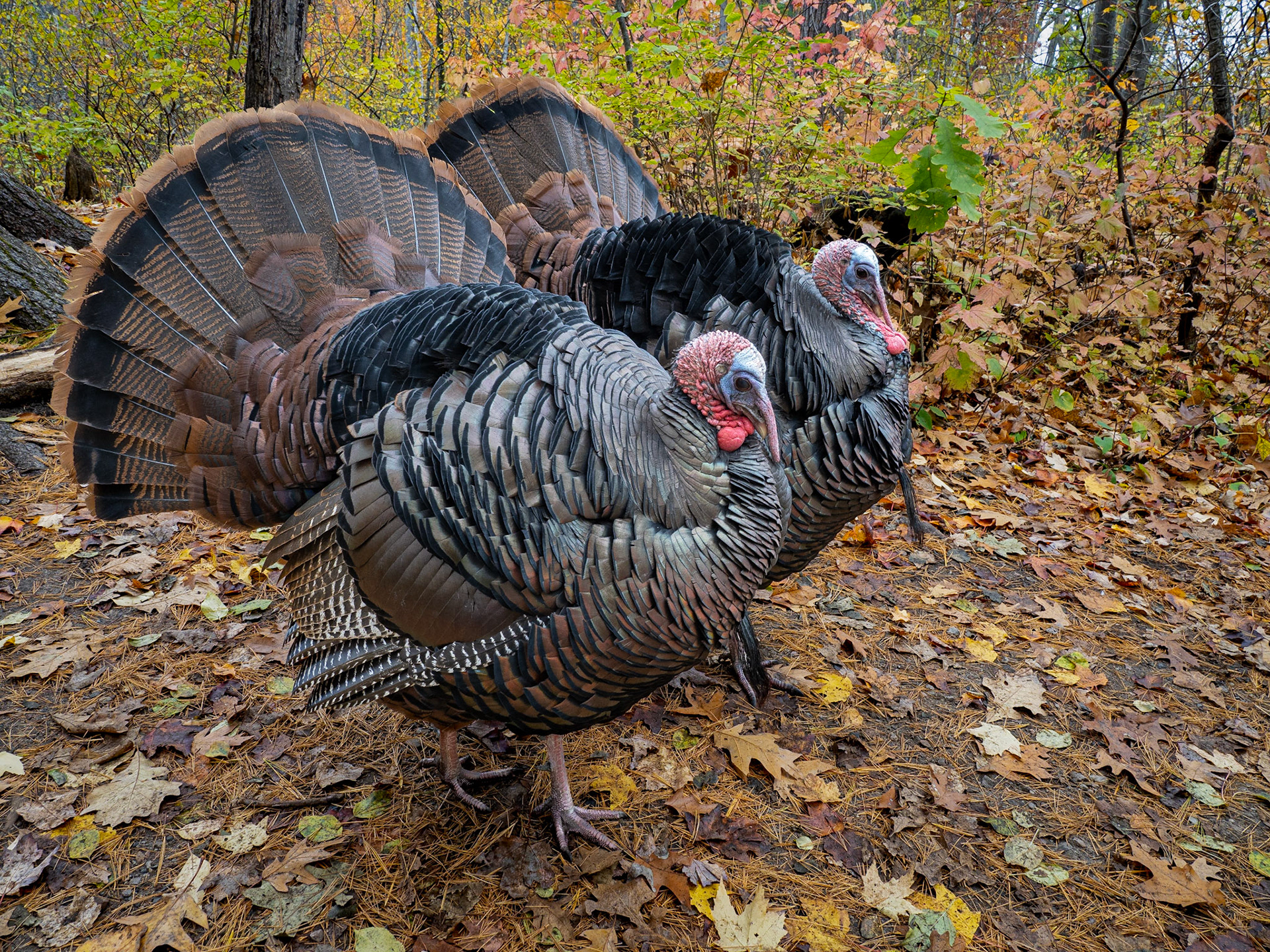
A blue jay was finding hidden treasures in a spruce tree.
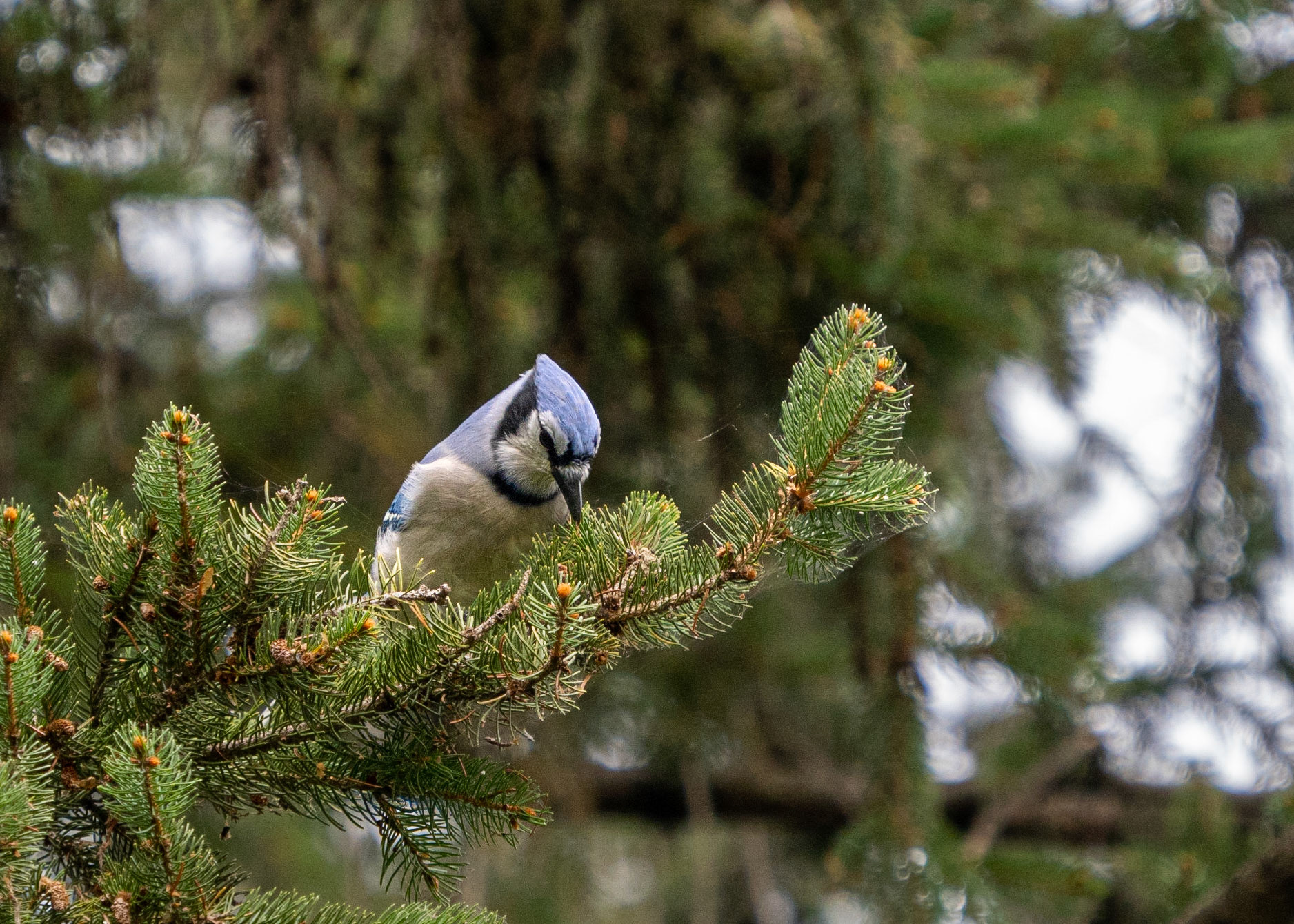
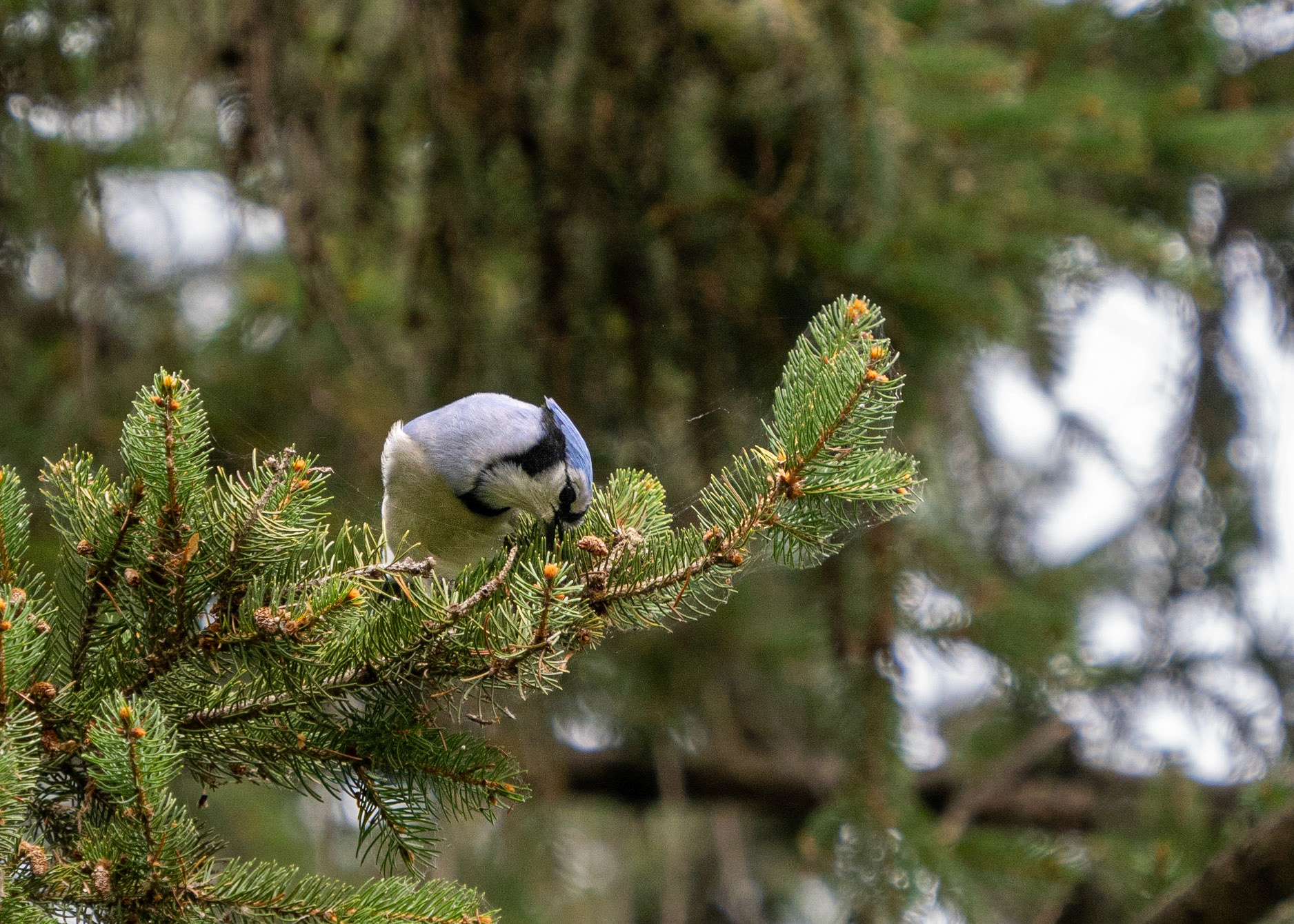
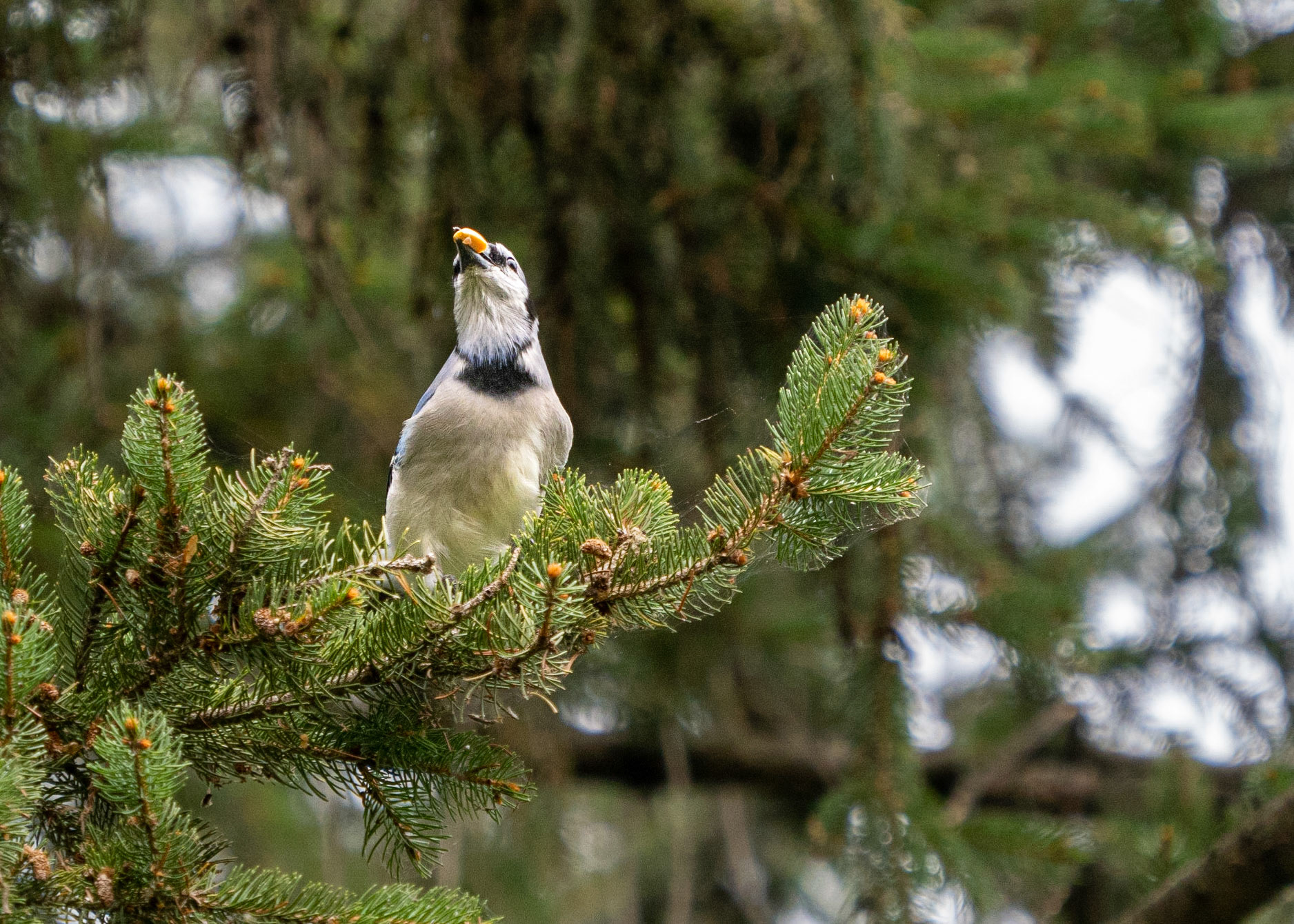
While a chipmunk was having similar luck at a local stump.



The squirrels were fattening up in anticipation of winter.
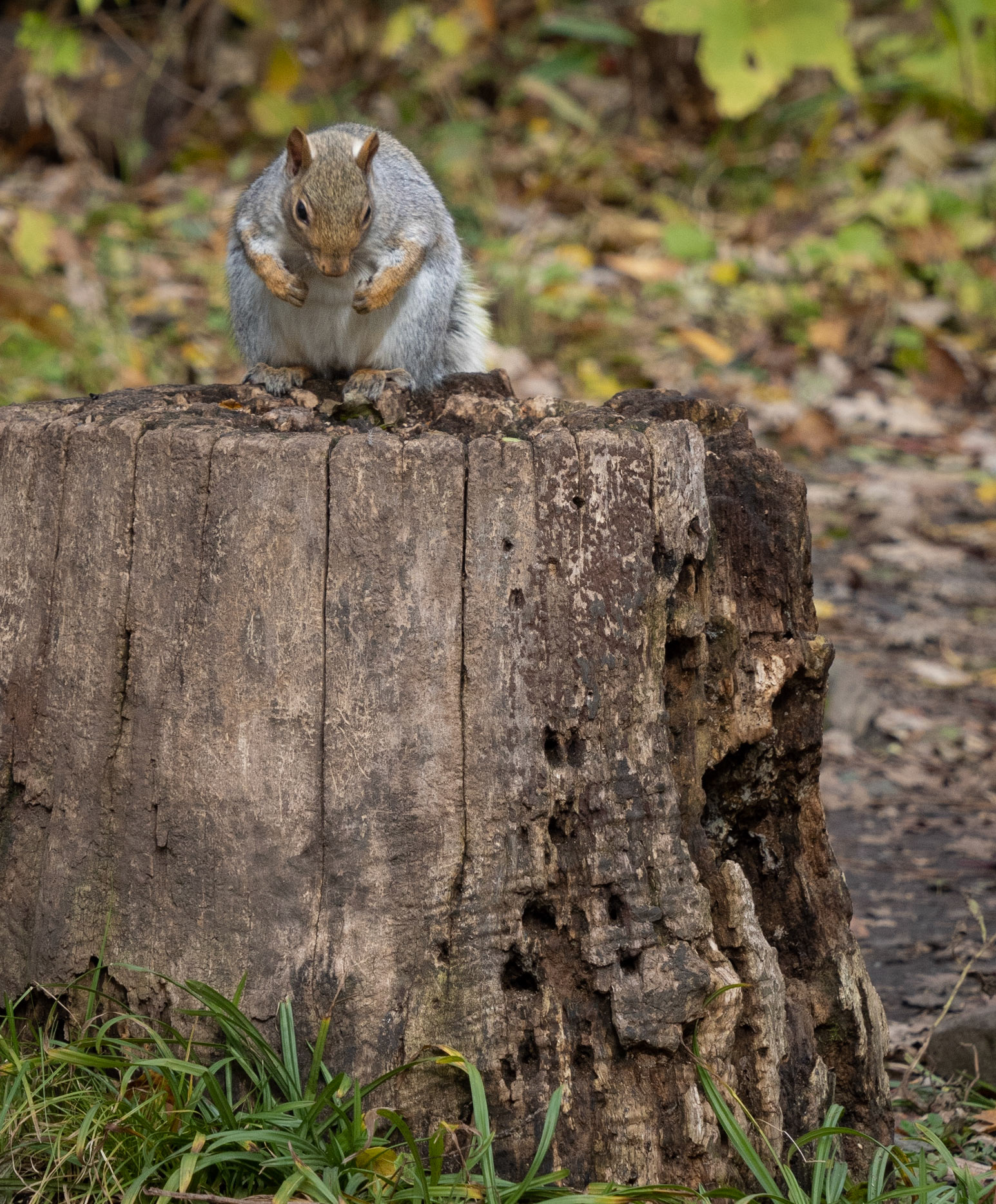
A honey bee found some pollen in a late blooming viper's blugloss.
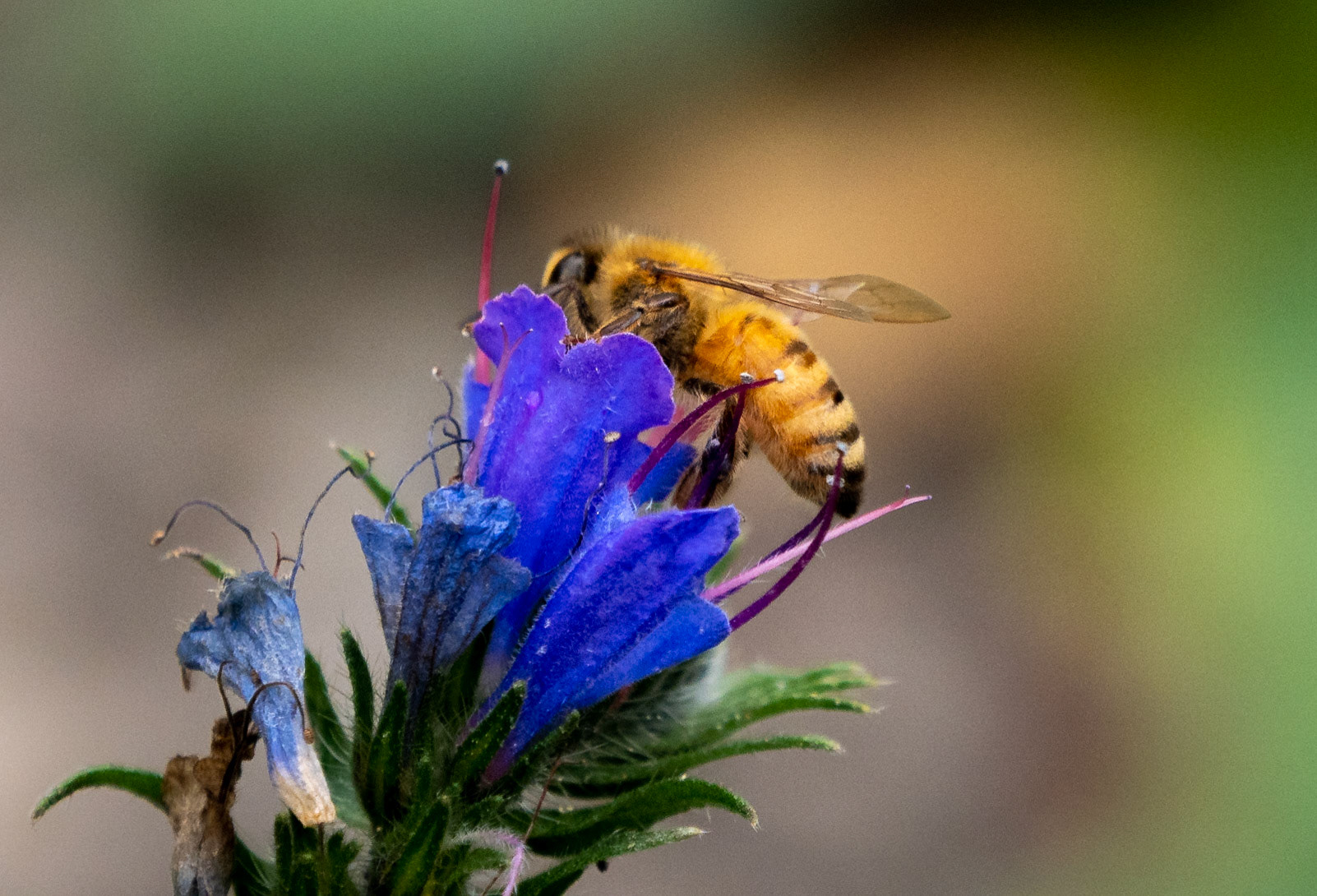
While Mud Lake's fall colours weren't that great at the start of October, the canopy and the forest floor turned yellow in the third week. Some young maples took on a pastel orange-red colour.
